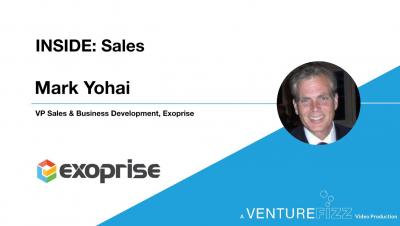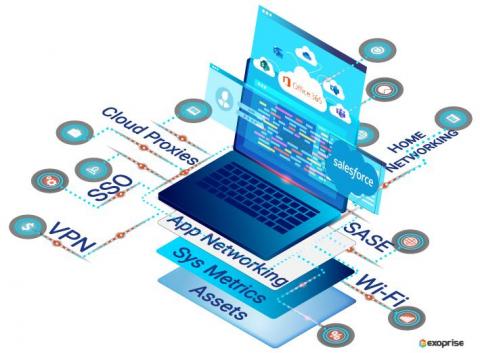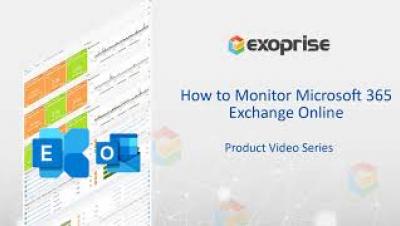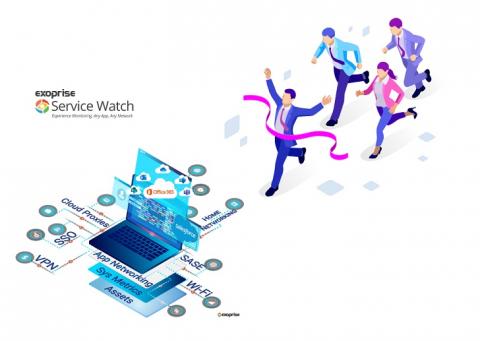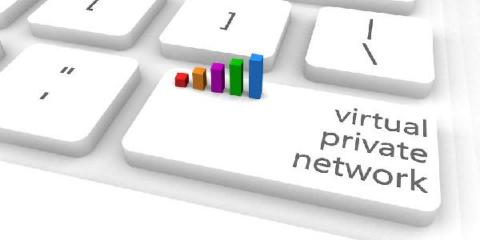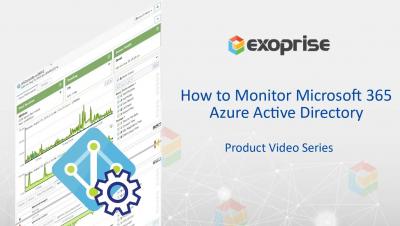Teams | Collaboration | Customer Service | Project Management
DEM
An Inside Look at the Exoprise Sales Team with Mark Yohai, VP Sales & Business Development
Exoprise CxO Briefing with Jason Lieblich, Founder and President
6 Use Cases for Digital Experience Monitoring
If you live and breathe in the technology industry, chances are you are hearing Digital Experience Monitoring a lot these days. So what is Digital Experience Monitoring (DEM), and why is IT obsessed with it? With a remote-first culture brewing in every company, IT needs to ensure that employees on their machines are productive and satisfied with the performance of typical enterprise applications such as Microsoft 365, Salesforce, Workday, etc. A DEM solution collects application and desktop user experience (UX) insights holistically, giving IT a broader context for troubleshooting performance issues. Let's discuss six use cases for DEM.
How Does a Digital Experience Score Optimize the Workplace
User experience is subjective. For example, asking tourists visiting New York City about their experiences gives different answers. Likewise, end-users who work remotely with different resources and disparate assets can have varied experiences with their business applications. How can IT teams gather this experience data and react faster to improve experience? The answer is Digital Experience Scores.
How to Monitor Microsoft Exchange Online and Outlook Performance
Why Exoprise Beats the Competition
Digital Experience Monitoring (DEM) solutions like those from Exoprise monitor SaaS and custom web applications behind the firewall or cloud to deliver optimal performance to end-users. In a survey done by Forrester, 51% of technology teams and individuals are now objectively managed on providing the right technology to improve and manage the end-user experience. While the onset of COVID may have led companies to restructure a year ago, the same companies are now presented with new challenges to support a hybrid workforce and retain the best employees.
Proactive VPN Monitoring for the Hybrid Workforce
A VPN, allows remote employees to create a secure traffic connection to the corporate network. These connections essentially tunnel from a computer or mobile device through a VPN server, often through the public Internet. VPN technology has been around since the mid-1990s, but its usage is now going mainstream due to Covid. As Covid accelerates, it means new monitoring challenges for IT amid a high VPN adoption.



